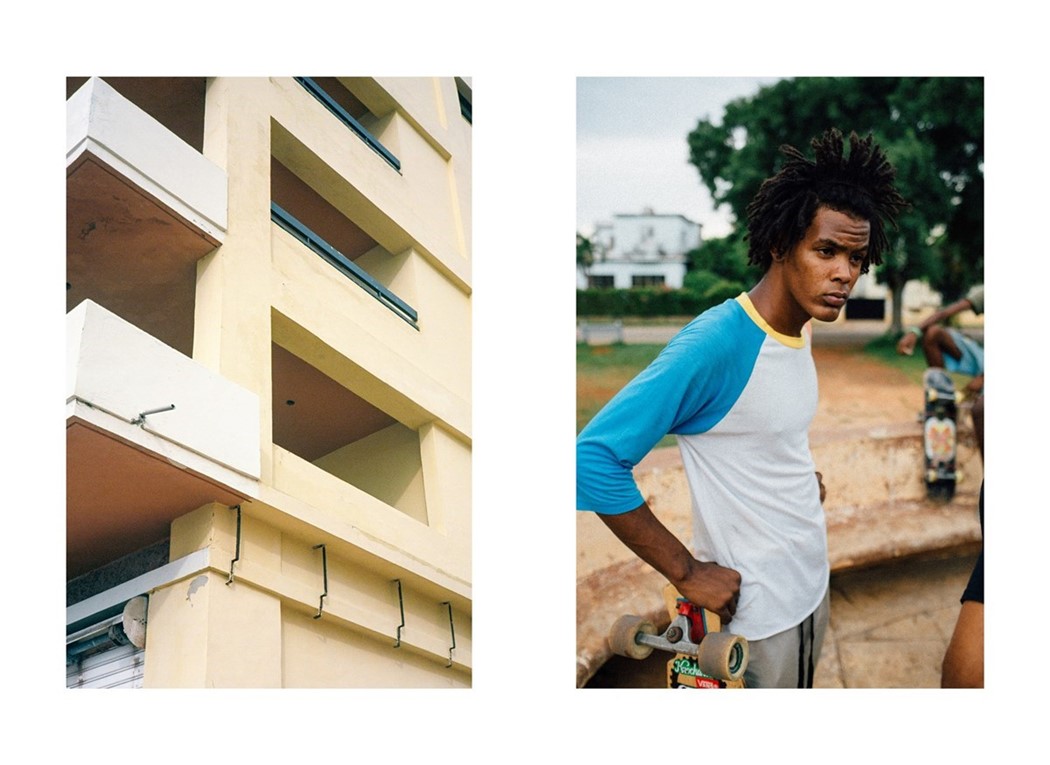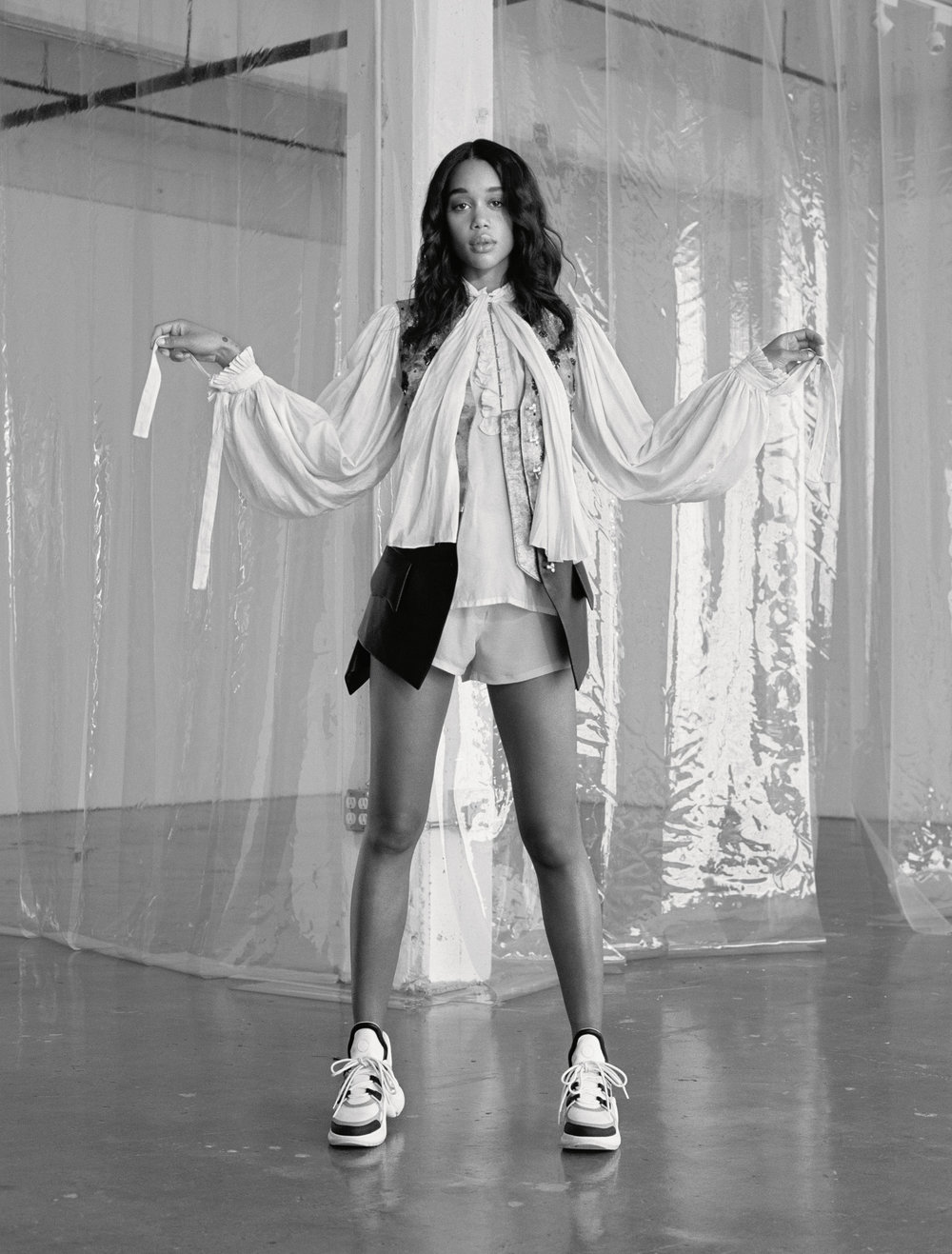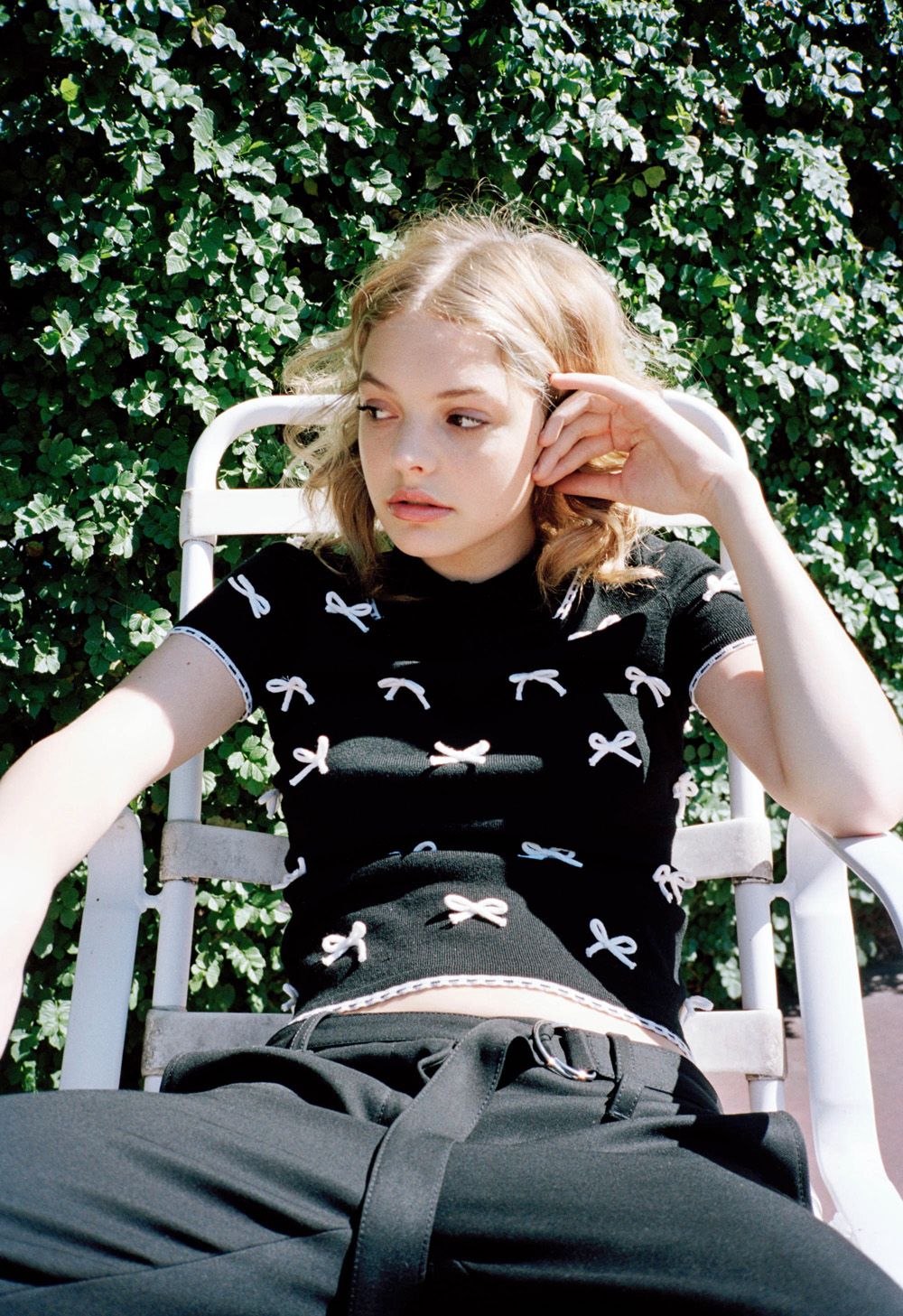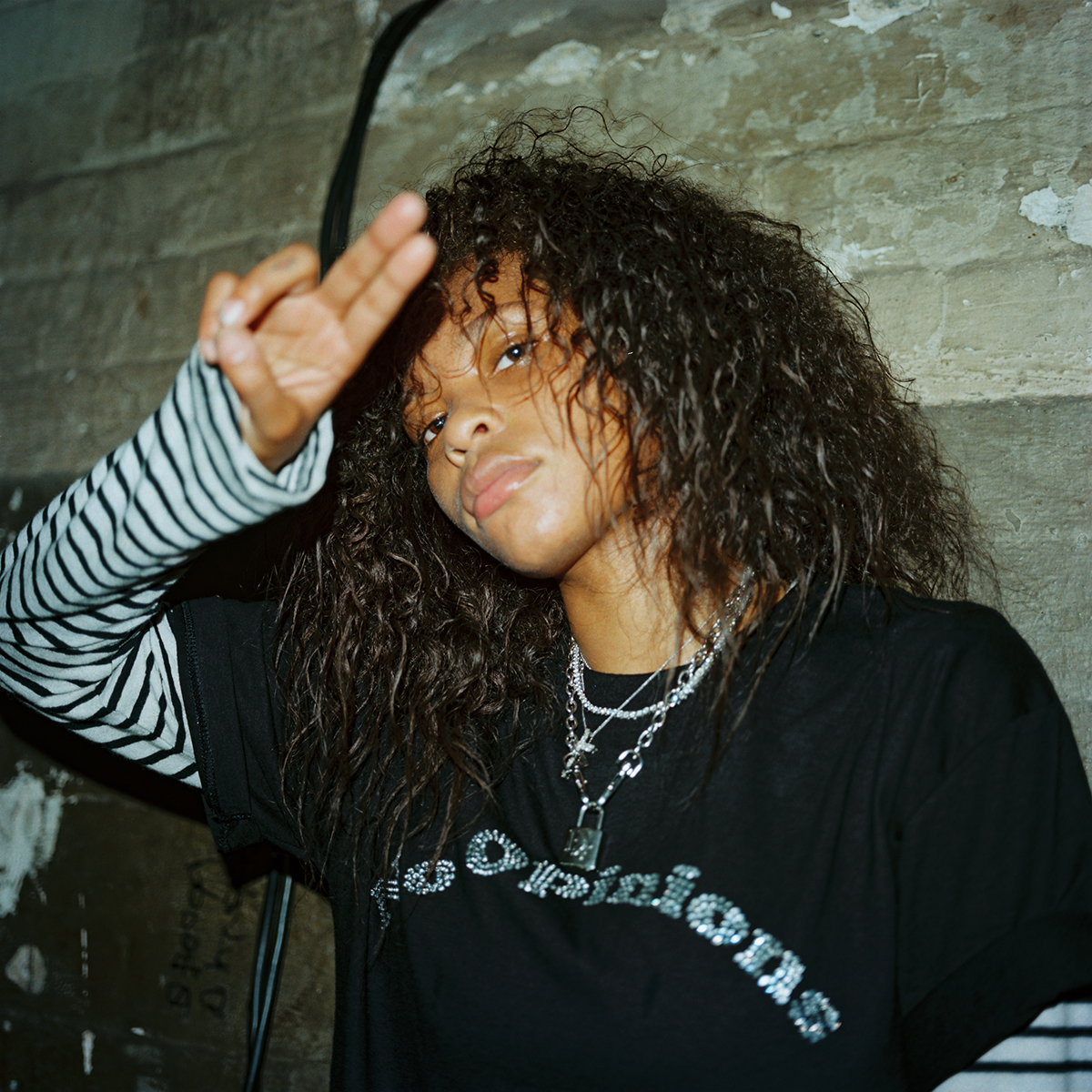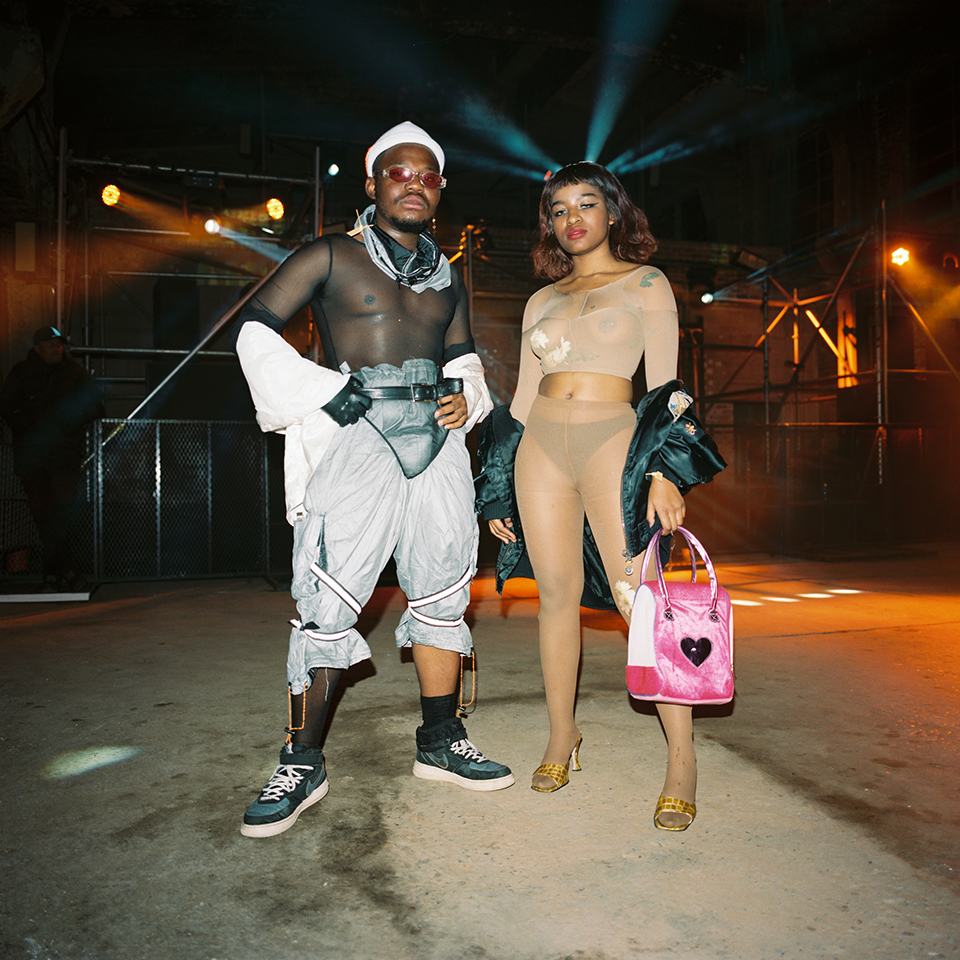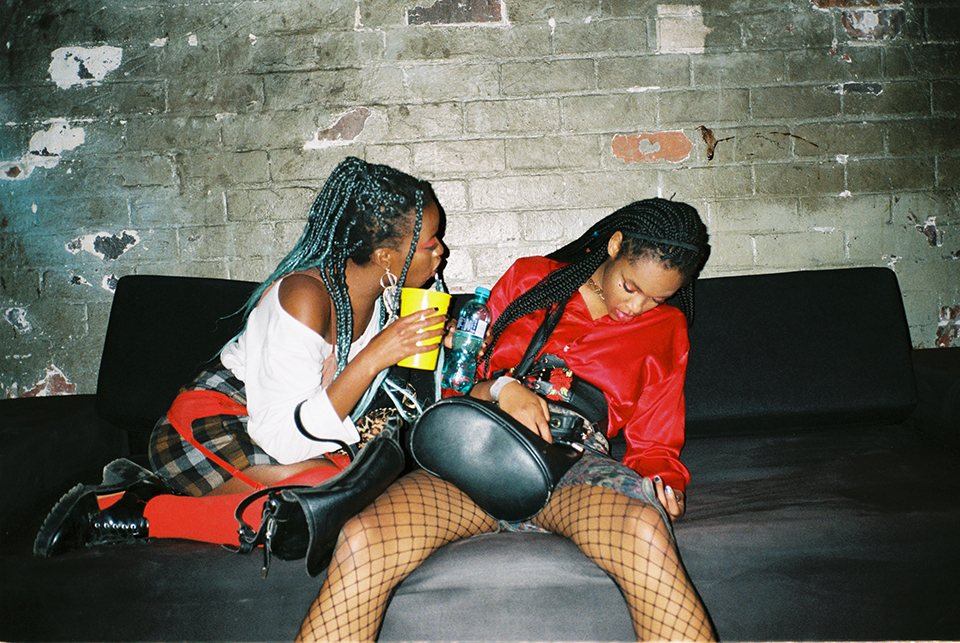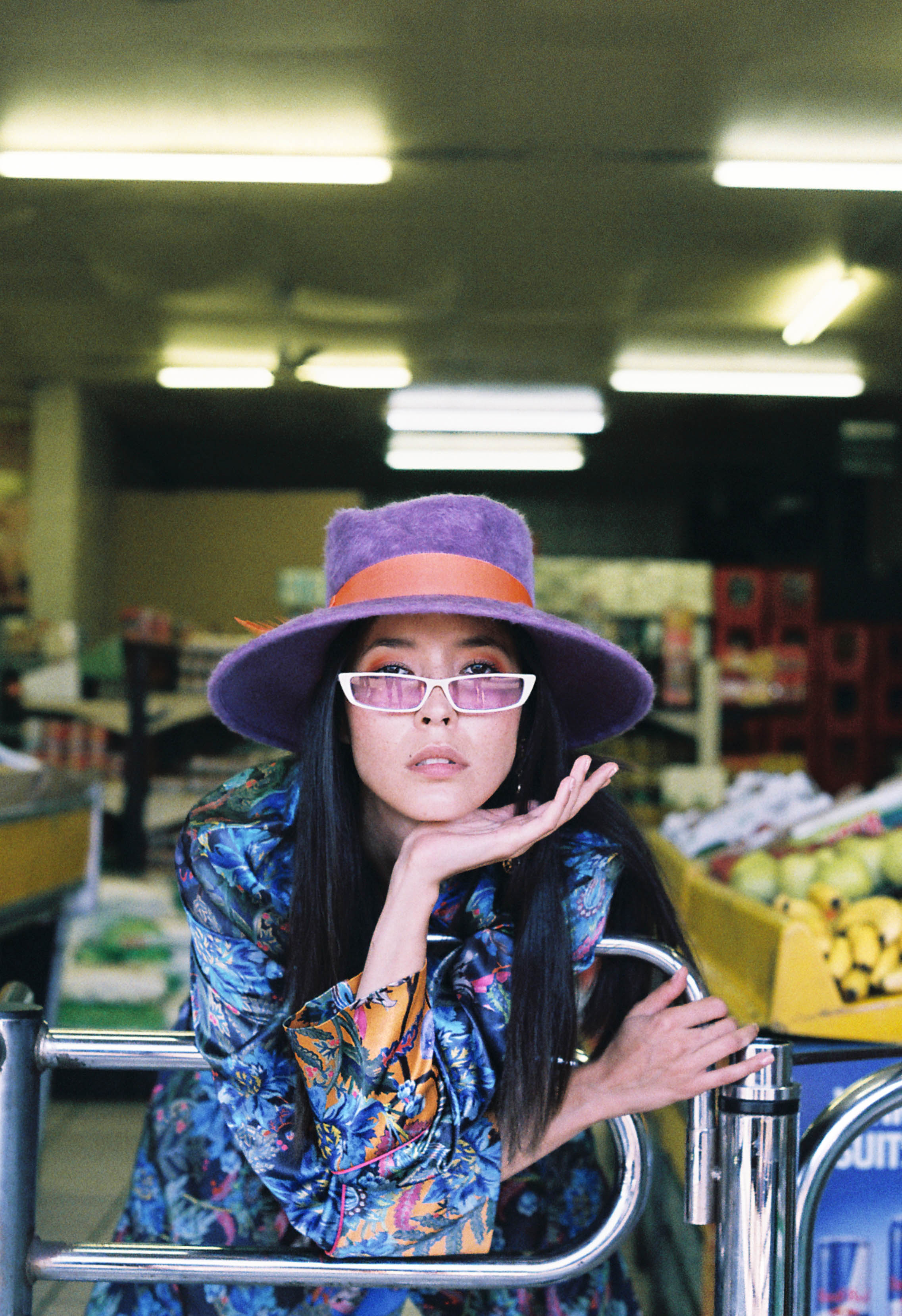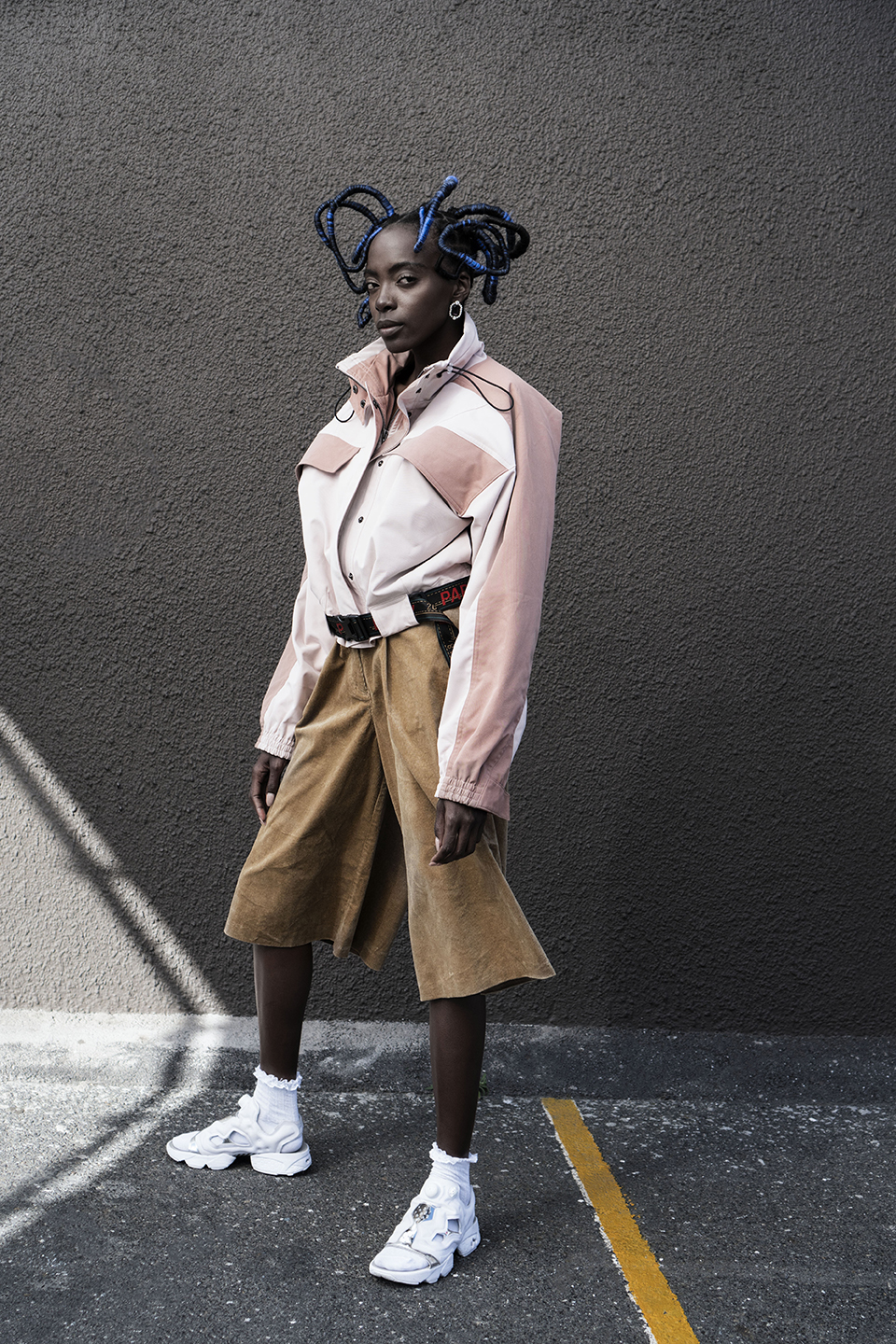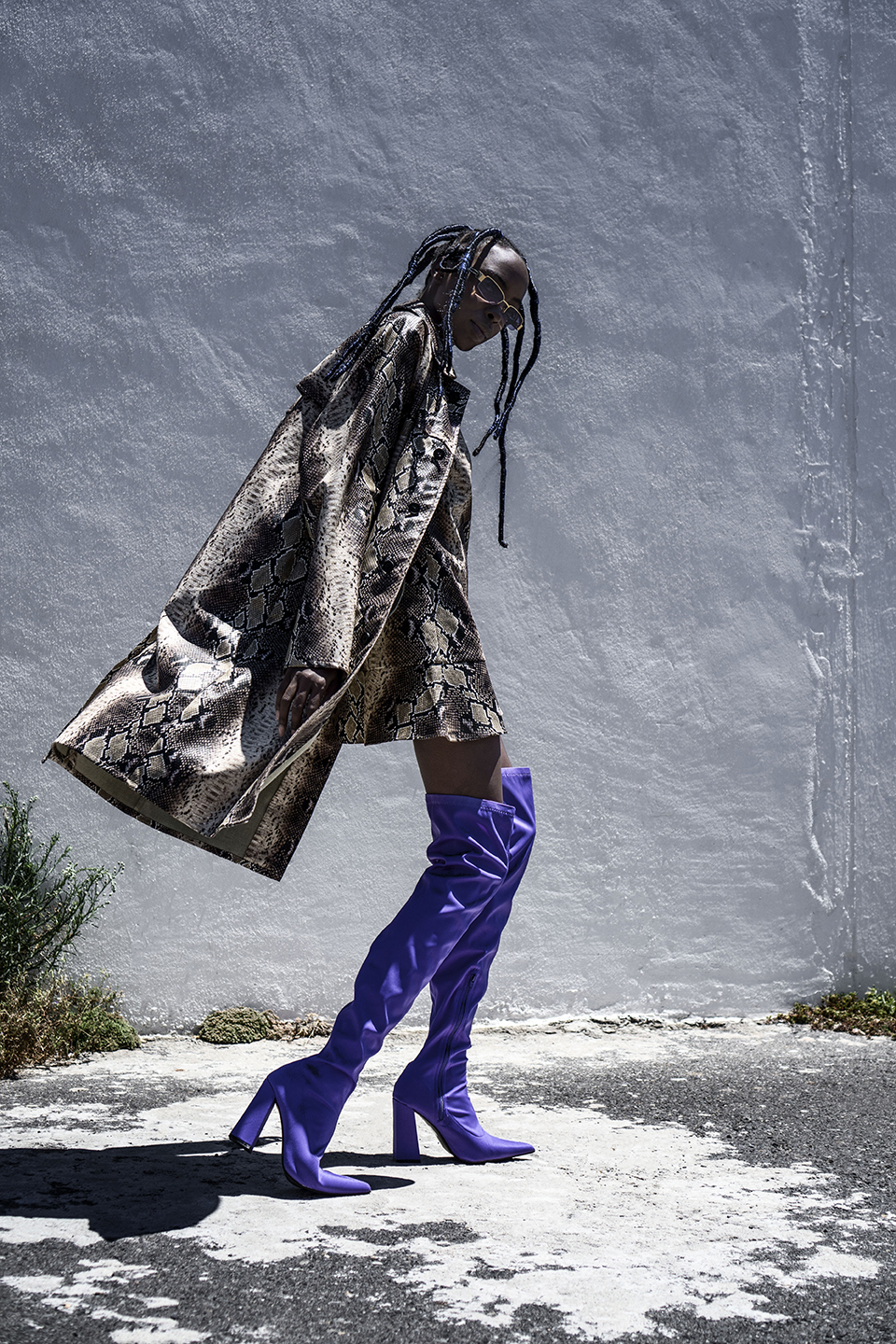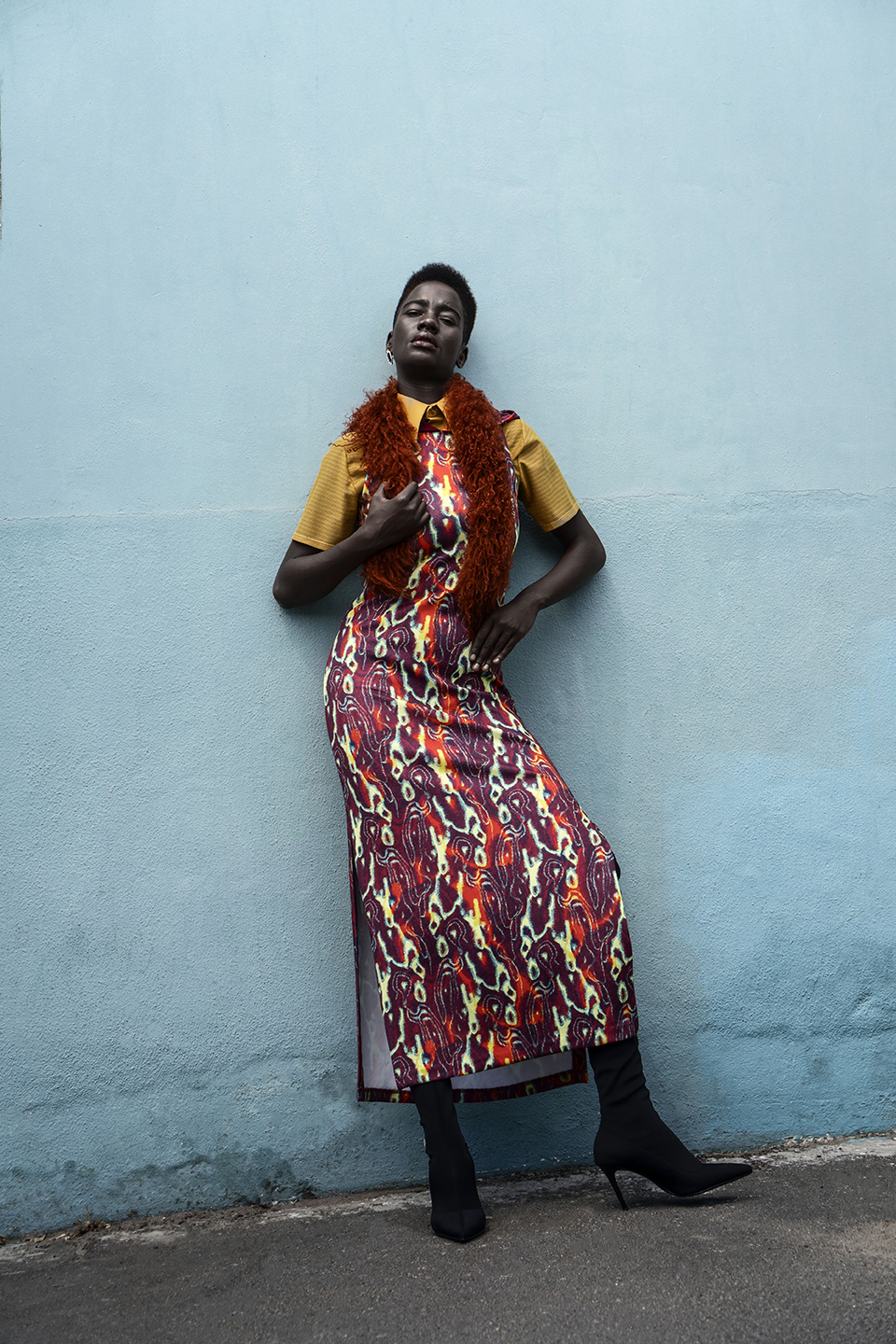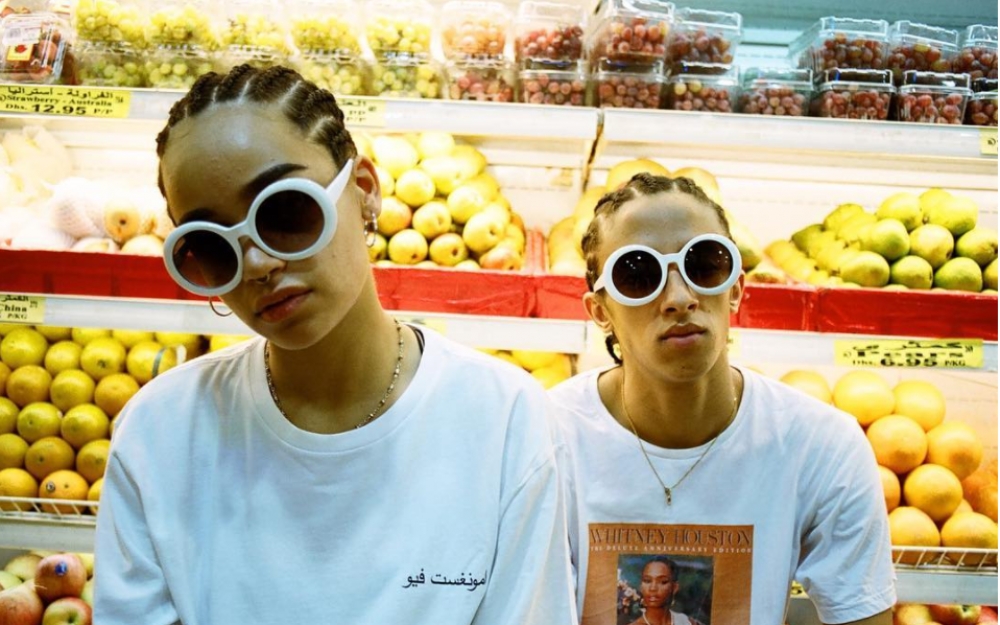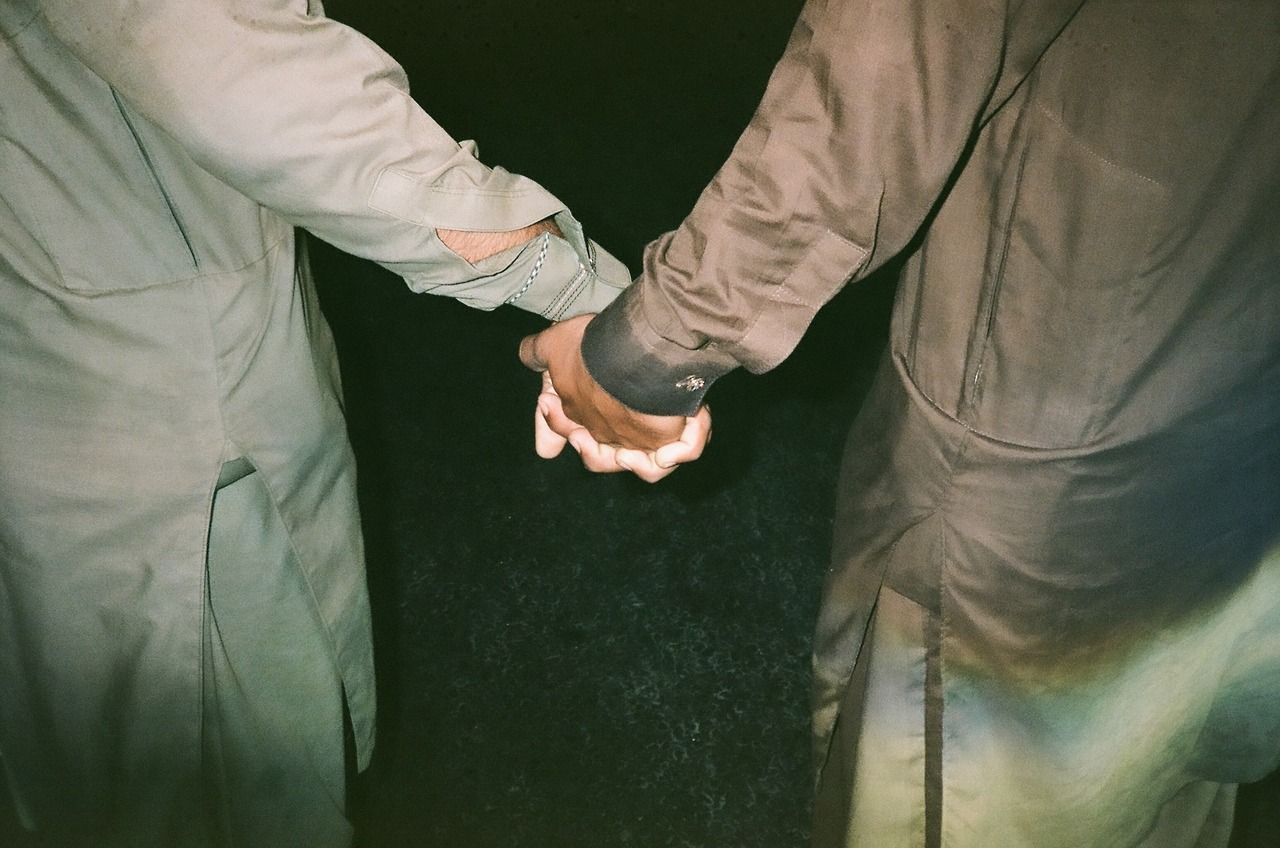South Africa is currently in a critical place of rising consciousness, with far-reaching and irrevocable implications for the dismantling of ongoing oppressions, systemically enforced, both subtly and overtly, in our so-called ‘post-apartheid’ state. Through the explosion of movements such as #FeesMustFall, we have been able to bear witness to the beginning of a new, self-determined redefinition of this country. Umuzi directly speaks to these politics as a radical example of an alternative system of education that is accessible and free, and so I have decided, somewhat unconventionally, to reproduce the majority of our discussion below (there are some minor copy edits, collaboratively approved, pre-publication). Umuzi is about creating the next generation of creative professionals in order to challenge the South African narrative and their work is a tangible, practical manifestation of non-oppressive alternatives. As such, the conversation below can perhaps provide some insight into emancipatory operational structures for institutions in the future South Africa, currently in the process of being created. The conversation is also reproduced here in this format, as self-authorship is essential to the way that Umuzi functions. I caught up with Creative Director, Nthabiseng ‘Thubz’ Lethoko (referred to below as Thubz); Cohort 4 Recruit, Dimpho Saal (referred to below as Dimpho); and previous Cohort or alumni, Kgomotso ‘Neto’ Tleane (referred to below as Kgomotso).
Before we jump into the conversation, you should know that Umuzi are currently recruiting the next Cohort of Umuzi Recruits, set to take flight in mid-October. If you want to be part of this movement and you believe that you have what it takes, show them what you’ve got by applying at www.umuzi.org or hit them up on their Facebook page.

GW: So Umuzi started in 2009 with single-use film cameras and was directed at high-school students, how have you evolved from the Umuzi Photo Club of the past into the Umuzi of today?
Thubz: I’m glad that you started at the very beginning, because it touches on why we exist in the first place. Umuzi started through the realisation that there is a massive problem in terms of the black creative community; access is restricted and kids can’t actually get to this thing, because there is just too much money in between. We exist to bridge this gap, where access to privatised institutions is limited. The main reason that we do what we do, is because there is no transformation happening within the privatised sectors of the creative community or within creative schools… there is very little that is feeding the industry in terms of black creative talent and that causes an even bigger problem because the people who are going into the institutions do not understand the stories that they are trying to communicate to the mass market; they don’t live or understand those stories, which creates a very warped perception and outcome. That is the situation we are trying to change; we are trying to infiltrate that so that it becomes real and relatable or understandable.
Dimpho: I want to add to what Thubz is saying; money is a big problem but that also connects to other factors. As high school students you are fed certain information, or you receive certain perspectives from your parents; pressures to follow a mainstream career path, even if that isn’t necessarily linked to what you want to do. Because money is such an important aspect, you aren’t provided with the options that private institutions offer- say to actually become a visual artist- so then you are forced into doing other things. Umuzi really addresses some of these complications.
GW: A lot of this really speaks to the reality of a non-reformed education sector… even in terms of art classes often being exclusively provided within privatised schools; in public schools it’s sometimes not even an option.
All: Yes!
GW: This actually leads into the next question which is directly about the politics of education in this country- so we have already been speaking about bridging critical gaps but I guess there are also many other aspects; for example, in terms of creating non-hostile learning environments. Obviously we’ve recently had the #SansSouci protests. Is there anything else that you would like to elaborate on in terms of how Umuzi engages these politics?
Thubz: The way that we educate and upskill our Recruits works off of 3 Pillars: Education, Community and Content. With regards to the Education Pillar, our aim is to provide skills in order for our Recruits to secure employment. They get a certificate at the end of the process, but we are really focussed, at the end of the day, on ensuring our Recruits are employable. In this way we are quite different from traditional education systems. This is supported by all of our Managers; we all come from the creative industry where we’ve had to learn to clearly understand those environments. It’s not like we’re coming from text books; we’re coming from real life and that’s what the job experience angle means. The work that is created here, or the challenges that we give, are based on realities and we expect real results. Our Recruits learn things that they would actually be expected to do when entering the creative economy- so they enter being ready. The second Pillar is Community. The first aspect of that is the community of Umuzi itself; we are constantly communicating with our students in one way or another, from our very first Cohorts until now. We provide an ongoing system of support for our students and they can always come back… Kgomotso, maybe you want to talk about that?
Kgomotso: Just to pick up on what we were saying with regards to the traditional way of learning; when I first came here it was very different to how it is now. Back then, you would come in and you would study and write tests. Now, you accumulate briefs and then engage in real life experiences, often working around your own community. As Thubz was saying, if you want to move into the industry, you enter with a lot of real experience. But not everyone wants to work in predefined structures or positions, so Umuzi also engages community in the sense of providing a space for you to do your own thing. Even after you have graduated, you can still come in and work from here and build your own thing. It’s also a great space for collaboration because there are so many creatives here; you can literally turn around and find a great writer or a graphic designer and involve them in your project. The energy here is amazing because you are surrounded by people who are continuously producing and that gives you the drive to create new content.
Thubz: That actually made me think about our bigger hope and dream. Right now we are Umuzi and we are producing these awesome, young, creative people and it seems like we have the social capital because we are the hook up between them and the industry. But if you think about it like an infinite hourglass, the sand comes from the top and goes to the bottom, but over time, the sand starts to accumulate from the bottom and rise to the top. That’s kind of the situation with Kgomotso; he’s graduated but he’s coming back here and using the people within our space for his own projects. So our hope it that when the first or second Cohorts are the group heads, or senior art directors, or executive creative directors, or managing directors… once they have the social capital, the whole thing will flip.

GW: That’s quite unique; I don’t really know other institutions that do that… it’s like they take your money and kick you out the door.
Thubz: Ya… so I also feel like we maybe shouldn’t be put on too much of a pedestal right now, because it’s not actually about us, it’s about that moment when everything flips over.
Kgomotso: The community part of it is crazy because if you go to a creative event, it’s hard not to spot Umuzi people, from all of the groups. In the next two or three years, it’s going to be massive… it’s going to be something else!
Thubz: We’re hoping for that change to happen really soon.
Dimpho: A few months ago we attended the One Club Creative Bootcamp. When I got there, I had conversations with students from other institutions and many were saying that they only do practical work in their fourth year, which is really weird! We do that every single week and we present every Friday, so our skills really are practically harnessed. We don’t have set textbooks, so that’s not the way that we learn; our learning material is, for example, often visual or our Managers compile what they think we need at that point in time and that’s really special. Through these non-alienating, practical processes, we are equipped with what we need- at the end of the day, people want to see content.
GW: It’s pretty political; this idea of organic knowledge rather than that being this stale construct based on restricted access and locked away in the cabinets of ivory towers.
Thubz: I love what Dimpho was saying because that speaks to the third Pillar, which is Content. That basically means that when you leave, are you able to work? Do you understand what is happening and are you employable in that moment? The way that we measure ourselves is from industry feedback; ‘your people are awesome, I want to work with them, how can we employ them?’ So we measure ourselves from that perspective, rather than from self-created hype or hollow self-promotion.
GW: I was reading a few of the available articles about your work and they mentioned how it started through photography and that something important about that was how it transcended language barriers. Maybe it’s a bit of an off-centre question but because we’ve been speaking in the ways that we are, I want to ask about the politics of language within the space?
Kgomotso: I think from my experience, the language of Umuzi… I can’t say it’s like this specific language or that specific language, it’s like Kasi slang or like how I would speak to some of my friends. If I had to say that Umuzi was a person, I would say that it was someone who grew up in Joburg, in the hood… but in the 90s though
[All laugh]
Dimpho: While we may learn in English, we are often aiming to get into the industry in order to amend certain problems. So Umuzi is not just developing creatives; it’s developing professional creatives. For now, we need to get into that space and be able to professionally communicate with everyone, while still bringing in that real person that Kgomotso just mentioned. In this way, we can start the work of telling our own original and authentic stories.
Thubz: I mean the language question is also a part of that flip we were talking about. When you get into a professional environment, you need to be professional enough to translate what you want to say in a way that they can understand, but you also need to be able to use vernac confidently; because you know, that they know what you are talking about.
Dimpho: I remember we were, at some stage, watching an ad it was trying to speak to the black community but everything just felt totally wrong and that happens so often! That is why we need to be the change.

Recruit Name: Lesego Maphutha – Graphic Designer/Art Director
Artwork: Black Label – Celebrating woman of power throughout the year ( Poster Campaign )
GW: That leads to the next question I want to ask, because a lot of the articles I have read are like; ‘Umuzi’s cool because it’s about disadvantaged youth.’ They actually use and repeat this reductive terminology as the primary description of the people engaged in this space… So I want to try to address that by explicitly asking about the diversity of the Umuzi Recruits?
Thubz: There is so much! We range from a 19 year old, right through to a 29 year old- that’s a difference of 10 years! But what is important is that those people still feed off of each other and create together; there are no barriers or hierarchies where it’s like ‘oh, I’m older than you’ or whatever.
Kgomotso: We are all so different! For example, you get people from rural KZN who come to learn here, you get people from Soweto, you get people who grew up in the burbs, and so the cultures and backgrounds are really varied. I think that’s one of the reasons why we end up having such a diversity of content; because we all have different ways that we see the world and our surroundings.
Thubz: That’s actually really important because often, the assumption in the industry or in the media, is that a township is a township and that everyone goes through the same stuff. So if you come from a township, the attitude is like, ‘oh, you went through that thing or you know what we’re talking about.’ But something I’ve really experienced through Umuzi, is that every single township is so different; they all have their own cultures and unique lingos, which are so rich and beautiful!
GW: Obviously Umuzi is very youth-focussed and relatively early on there was the shift from the high school students to the tertiary level. Is there more you want to say about the youth aspect of the work or why the youth are so important within creative industries?
Dimpho: The youth are a huge demographic in this country and it’s really important that we are spoken to in a way that we understand. Because we are from that place, we know how to speak from it in a real way. Also important is the fact that we have witnessed the recent shift or explosion in youth consciousness within this country. We have been right in the middle of a transition, and so we have witnessed both perspectives in terms of the youth of the past and the youth of today… we carry a bit of both.
Kgomotso: I think we are living in a very crucial time; there are so many things that are happening and changing and it is mostly because of us. We have seen so many injustices happening for such a long time and now we are directly addressing these things; often through creativity. It’s up to us to communicate the things that are happening and we are finding that we are able to do this even with people who maybe don’t understand or properly see what’s going on. So it’s massively important as the youth of now, that we create content that is able to communicate these things.
Thubz: I think the youth of today is like a juxtaposition between now and the youth of ‘76. It’s been a really long time since they’ve had a voice, and I’m not exactly sure what the reasons for that are, but they’re speaking and it’s important to listen to that now! That’s something we feel quite strongly about at Umuzi.

GW: There’s maybe something interesting here that connects the economy to the politics. I think contemporary youth sometimes get quite frustrated when older people look at them like, ‘oh, they’re pretty useless because they’re not employed by this age, or they don’t have this by that age, or they’re not married by that age’ or whatever… without necessarily realising how much things have changed; it’s a totally different operating system. But the point is that that attitude kind of implies the lament of ‘where are the youth’ or ‘where are the great youth leaders of today?’ But now it’s like ‘whoa, they’re here!’ And not only are they here in conscious ways that don’t buy into empty rhetoric, but they’re also totally remaking things in really interesting ways… they’re creating their own economies.
Thubz: We’re touching on something really important which we haven’t spoken about; because there hasn’t been a huge culture of young creative professionals within our communities, there are almost no role models. Getting your family to understand- before you even talk about the money- that you want to, for example, be a designer or an art director; they often don’t understand what that means. So you are already challenged, within your home to try to explain yourself. You don’t have a successful next-door neighbour you can point to, or you don’t have an uncle who knows somebody, who knows somebody, who will hook you up, so that your mom will feel comfortable or secure enough to let you go into that industry. So the great leaders have always been here… they just haven’t had the opportunities… especially from a creative perspective.
Kgomotso: Being in this time and looking at the media landscape, I think that one of the ways in which the youth have been able to claim their power is through social media. Today there are so many ways to put your voice out there, so in that way, there is also an important direct link between the youth’s consciousness and the format of media itself. There’s this ability to have a direct voice…
Dimpho: …You don’t have to wait for specific events anymore. You can raise your voice and speak about a topic at any time and it’s always amazing how many people actually want to speak back.
GW: I guess that’s another kind of flip or feedback mechanism, because Umuzi is engaging with a changing media landscape, where you learn that your own voice is a powerful thing.
Kgomotso: Exactly. As much as social media is a virtual thing, it’s also the real word and about real things that are happening. We can recognise those connections and carry that perspective into the work that we do.

Recruit Name: Kgodisho “Zito” Mowa – Graphic Designer/Art Director
Artwork: The Mzansian ( Social Media Campaign )
GW: I want to ask a bit more about the operational specifics- I know that you have had various recruitment campaigns; how does this aspect function?
Thubz: We have a recruitment drives every couple of months- I think right now it’s every 4 to 6 months. With every drive we have a campaign. Because we are so fluid and learn and evolve so much within the periods between recruitments, we try to take what we have learnt from previous Cohorts or from new people who have come in, and we let that influence us in developing the next campaign. We refer to the people who come in on specific recruitment drives as Cohorts and we are now on Cohort 5. The Cohorts aren’t annually structured; it’s more organic than that.
GW: That’s quite important, because for people who may have been restricted from entering other institutions, it’s often like, well, what are you supposed to do after that? Through Umuzi’s intake process opportunities are opened up, rather than shut down.
Thubz: People also drop out of school at different times and for different reasons. People find themselves in many different situations. With us, you don’t have to then sit and wait it out for the rest of the year, while not pursuing your goals.
Kgomotso: And this structure is also something that has evolved over time. In the beginning it was more of a traditional, annual thing. So it’s an example of the ways that Umuzi adapts in relation to the realities of this country.
Thubz: Umuzi is a working example of free education. There is also a small stipend provided for transportation; so access is a critical consideration throughout our entire operation.
GW: Next I want to ask; do you perhaps want to mention any successful or notable alumni?
[All laugh and make comments about ‘pretty much everyone’]

Recruit Name: Kgomotso “Neto” Tleane – Alumni Photographer
Image Description: Image taken at “Fees must fall” used for the “Take your power to the polls” campaign
Thubz: It’s a difficult to say ‘these are the people’, because there are those who are successful and are under the spotlight, and then there are those who are successful and aren’t under the spotlight. I guess I could say, once again, how we measure ourselves is through the industry response or through actual employment. Throughout 2015, we had an 80% employment rate which is pretty phenomenal if you think about it!
GW: I want to ask a bit about what the days look like or how things are actually structured. I know you have also had some really great Master Classes; I saw on the blog that you’ve had sessions with Lebogang Rasethaba, Zwelethu Radebe and Dr Peter Magubane. Maybe you can tell me a bit more about the way things function and also about the mentorship aspect?
Thubz: We are constantly evolving; so the way that we did things with Cohort 1 is very different to the way that we did things with Cohort 4. For the first 3 months of the year, you go through what we call a crash-course. In those months you go from department to department- there are 6 (photography, graphic design, digital marketing, traffic, videography, and copywriting) and you spend 2 weeks in each… everyone moves around and gets a taste of everything. After that, you move on to specialisation, where for 6 months you intensively focus on the department you came here for. If you change your mind about what you want to do during the crash-course, you are able to make that change.
GW: Taking into account some of the gaps we have spoken about, that exposure and option to shift is kind of amazing; there seems to be a reflexivity to the fact that many incoming creatives may not have actually had exposure to the variety of career paths that exist?
Thubz: Exactly. Then in the last few months of the programme, the Cohort is sent for work experience, where they really get to test out everything they’ve learnt during the process.
GW: Do you want to say anything about the Master Classes?
Kgomotso: What’s interesting for me is that we get exposed to a lot of black professionals, so that’s really inspiring and a lot of the things that they say are relatable to us. So, in ways, that fills the role model gap we were speaking about earlier.

Recruit Name: Tshepiso Mabula – Cohort 4 Photographer Recuit
Image Name: Tshepiso Church – Part of a series
GW: I’m going through the nitty-gritty here, but how do the exhibitions work?
Thubz: The exhibitions used to be about the old annual structure, so they would look at the whole year of work and celebrate that. What we do now, is we have something called #COM or Creative of the Month. People get to submit their work online and there’s a panel that then selects an overall winner. The plan- we’ve only done one so far- is that we will print all of the work that comes in and this is going to form future exhibitions. So anyone, from any Cohort, past or present, is able to submit, again returning to the Community Pillar.
GW: I want to then quickly ask about some of the individual projects I’ve picked up on; like The Bicycle Stokvel project and the Backroom Space project. From what I can tell, it seems like there’s a willingness to highlight the work that Umuzi students do; their own initiatives that occur even beyond the institution?
Kgomotso: There is a supportive attitude towards individual projects and that’s important because often, like in those examples, these projects are about taking art out of inaccessible spaces and making it available to the communities and to the general public. So these are ways that the Recruits are applying and putting their knowledge into practice.
GW: We’ve had a really generative discussion and I think we’ve picked up on some important dynamics in terms of how Umuzi operates, so I think let’s close it up by just asking if each of you perhaps want to share some final words?
Kgomotso: For me, Umuzi changes the way that you see things. Even if you already come from an alternative perspective, it helps you to structure your work and hones your ability to articulate that. Through Umuzi I feel like I’ve been enabled to create real work with strong purpose.
Dimpho: I’d like to pick up again on the point of creating visibility around the creative sector as something able to provide viable careers. Through Umuzi’s work, people within our communities are exposed to that, so all of these processes are generating real change.
Thubz: I want to touch on what Kgomotso said in relation to the projects, which really relates to our role and our vision. I really connect with the work that Umuzi Recruits are creating because that really is challenging the South African narrative in one way or another. They are breaking down walls, which is awesome and makes me really excited… because art and creativity don’t belong inside the walls of specific, predefined spaces.

Recruit Name: Kgomotso “Neto” Tleane – Alumni Photographer
Image Name: 0.01 and x2 vote- The Honey (Ongoing online Campaign)





